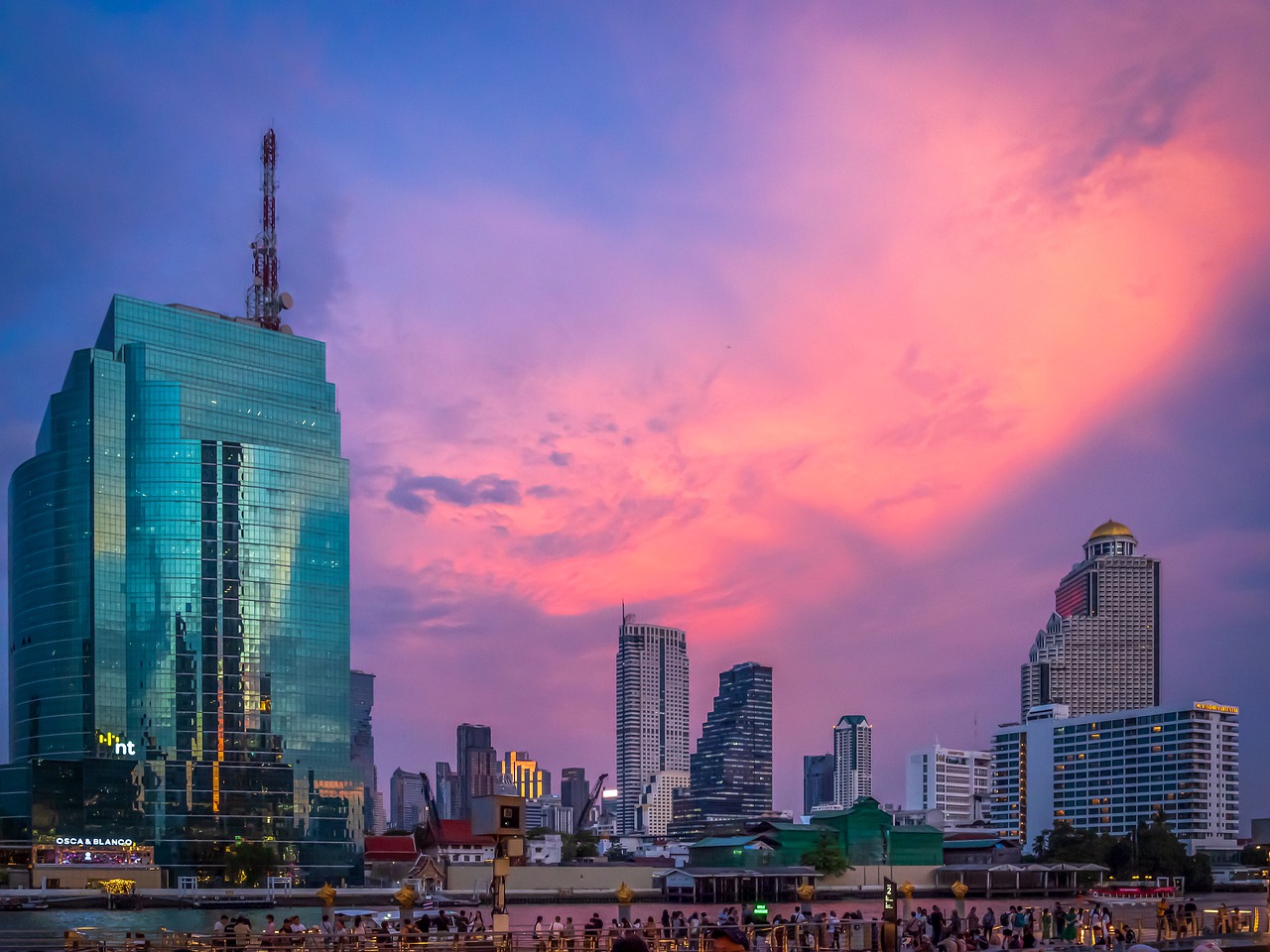Sustainable Tourism in Indigenous Communities: Cultural Preservation and Economic Empowerment
Many indigenous communities around the world have started to engage in tourism development as a means to generate income and showcase their unique cultures to visitors. However, this endeavor is not without its challenges. One of the primary difficulties faced by these communities is the preservation of their cultural authenticity in the face of commercialization. Oftentimes, in an effort to cater to tourists’ expectations and maximize profits, indigenous traditions and practices may be commodified or altered, leading to a dilution of their significance and integrity.
Another significant challenge that indigenous communities confront in the tourism industry is the lack of control and ownership over their land and resources. As tourism infrastructure expands and external businesses establish operations in indigenous territories, the socio-economic benefits are not always equitably distributed among community members. Furthermore, the influx of tourists can strain local resources and infrastructure, leading to environmental degradation and disrupting the traditional way of life for indigenous people.
Impact of Sustainable Tourism on Cultural Preservation
The impact of sustainable tourism on cultural preservation is a topic of paramount importance in the realm of community development. As indigenous communities navigate the complexities of integrating tourism into their cultural landscapes, they are faced with the challenge of maintaining their traditions and heritage while embracing the economic opportunities that tourism can bring. Sustainable tourism, with its focus on responsible practices and respect for local cultures, offers a potential solution to this dilemma.
By promoting sustainable tourism initiatives, indigenous communities can strike a balance between economic growth and cultural preservation. This approach involves engaging in activities that benefit the community economically while also safeguarding their cultural identity and heritage. Through collaboration with stakeholders and implementing sustainable practices, indigenous groups can ensure that their traditions are respected and preserved for future generations, thus fostering a sense of pride and empowerment within the community.
Strategies for Balancing Economic Growth and Cultural Preservation
In the pursuit of achieving a delicate equilibrium between economic advancement and cultural preservation, it is essential for stakeholders in the tourism industry to formulate comprehensive strategies. One approach entails incorporating members of Indigenous communities in the decision-making processes related to tourism development. By involving these communities in key discussions and planning stages, it ensures that their unique perspectives and cultural values are considered and respected throughout the tourism initiatives.
Moreover, fostering partnerships between private sector entities and Indigenous communities can be a valuable strategy in achieving sustainable tourism growth while safeguarding cultural heritage. Collaborative efforts can lead to the creation of tourism activities that authentically showcase the traditions and customs of Indigenous peoples, providing visitors with enriching experiences while also generating economic benefits for the communities involved. Ultimately, striking a harmonious balance between economic prosperity and cultural conservation hinges on the commitment to inclusivity, mutual respect, and long-term sustainability.
What are some challenges faced by indigenous communities in tourism development?
Indigenous communities often face challenges such as loss of cultural identity, exploitation of their resources, displacement from their land, and lack of control over tourism development in their area.
How does sustainable tourism impact cultural preservation?
Sustainable tourism practices can help preserve indigenous cultures by promoting respect for local traditions, minimizing negative impacts on the environment, and involving indigenous communities in decision-making processes.
What are some strategies for balancing economic growth and cultural preservation in tourism development?
Some strategies include promoting community-based tourism initiatives, implementing cultural heritage protection measures, ensuring fair and equitable benefit-sharing for indigenous communities, and educating tourists about the importance of respecting local cultures.





